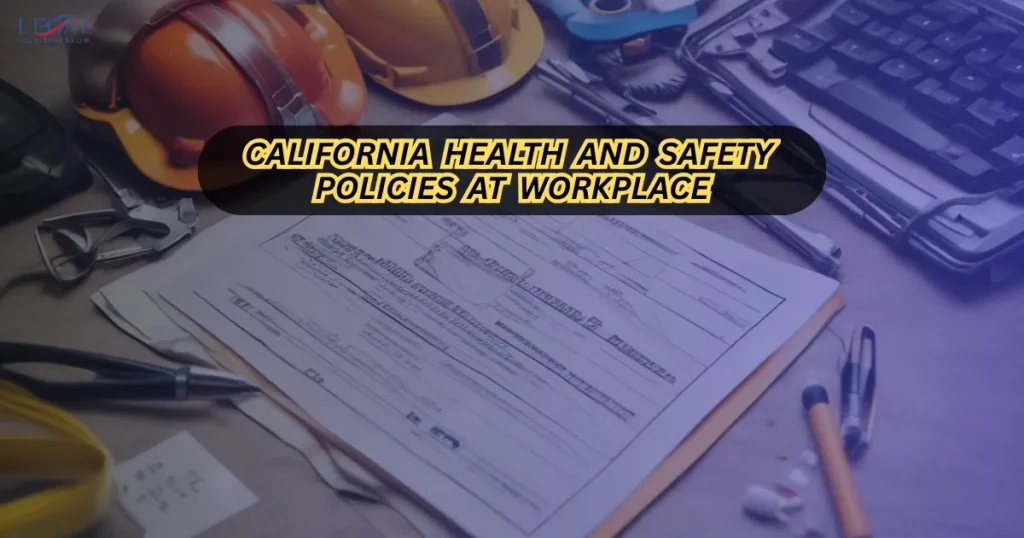Physical Address
304 North Cardinal St.
Dorchester Center, MA 02124
Physical Address
304 North Cardinal St.
Dorchester Center, MA 02124

Navigating California Health and Safety Policies at Workplace is not just about compliance—it’s about protecting lives, fostering trust, and ensuring that every worker feels safe the moment they walk through your doors. Imagine how much stronger your business becomes when employees know that their well-being is your top priority. That sense of safety builds loyalty, reduces turnover, and enhances productivity.

This guide will walk you through every essential aspect of health and safety policies in California for 2025, including workplace hazards, employer obligations, employee rights, and compliance strategies. For more resources on California workplace law, explore our homepage.
California is one of the strictest states in the nation when it comes to workplace safety. These policies matter because they:
Reference: California Division of Occupational Safety and Health (Cal/OSHA).

As an employee, you have specific rights that safeguard your health at work:
Reference: Cal/OSHA Employee Rights.
Conduct hazard assessments to identify potential threats such as chemical exposure, repetitive strain injuries, or unsafe equipment.
Your policy should cover reporting procedures, protective equipment, and employee responsibilities.
Provide initial and refresher training sessions to ensure compliance and awareness.
Update policies regularly to reflect new laws or industry standards.

Reference: California Code of Regulations, Title 8 (Occupational Safety).
A mandatory written program that outlines how employers will identify and prevent workplace hazards.
Yes. Employees may refuse work that poses a real and immediate danger to their health or safety without facing retaliation.
Training must be provided at hiring, when new hazards are introduced, and periodically as refresher courses.
Yes. Regular inspections are part of the IIPP and are required to identify and correct hazards.
By embracing California Health and Safety Policies at Workplace, you safeguard your employees, reduce risks, and build a stronger business foundation. A culture of safety is not just about compliance—it’s about demonstrating care and responsibility. When your team feels protected, they give their best work in return.
For more compliance tools and workplace law resources, visit our homepage.